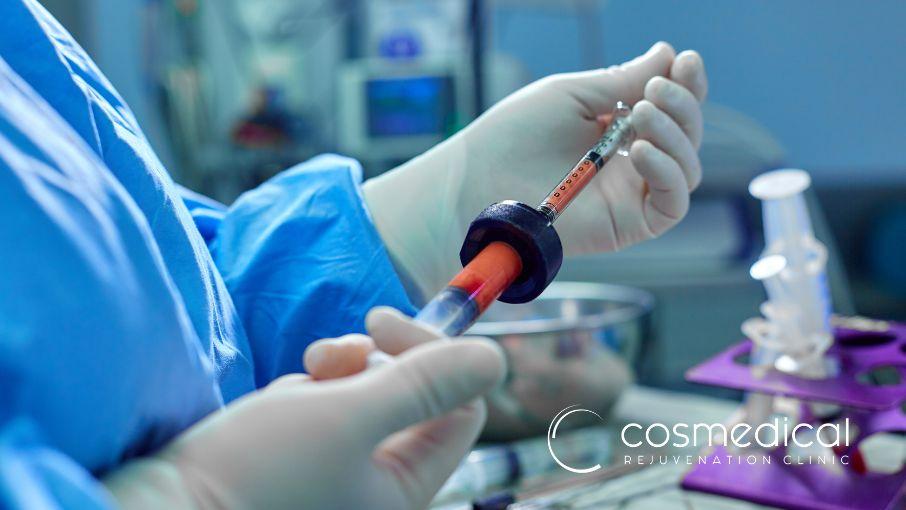
Autologous Fat Transfer
Autologous fat grafting, or fat transfer, is a well-established lipofilling procedure in plastic surgery that involves extracting fat cells from one part of the body and injecting them into another area to restore volume or contour irregularities. Initially used for facial rejuvenation, its applications have expanded to include all areas of the body, but most often for breast augmentation and Brazilian butt lift.
Historical Background and Evolution
The history of fat grafting, a revolutionary technique used in cosmetic and reconstructive surgery, can be traced back to the late 19th century. This article offers a glimpse into the inception and early developments of fat grafting, a process that has shaped the landscape of aesthetic medicine.
Fat grafting involves harvesting fat from one part of the body and injecting it into another to enhance volume or improve contours. The origin of this technique is attributed to Dr. Franz Neuber, a German surgeon who, in 1893, first presented the idea of moving small pieces of fat from the arm to the face to fill a depressed scar. This marked the first recorded case of fat grafting, and Neuber is often hailed as the father of fat transfer.
In 1895, Dr. Viktor Czerny, also a German surgeon, advanced Neuber's rudimentary technique by performing the first documented breast augmentation using a patient's fat. Czerny's case involved a woman who had undergone a unilateral mastectomy for a fibroadenoma. To correct the asymmetry, he transplanted a lipoma from her flank to her mastectomy site.
However, these early pioneers' work was based primarily on the concept of free grafting, which involved the transfer of fat without a direct blood supply. The results were somewhat unpredictable, as the survival of the graft depended on the ingrowth of new blood vessels, a process known as neovascularization.
Despite the initial interest, the unpredictable results and the rise of other aesthetic techniques led to a decline in the popularity of fat grafting in the early 20th century. It was in the late 1950s and early 1960s that fat grafting began to regain attention, thanks to the work of Dr. Leon Dardour and Dr. Erich Lexer.
Dardour, a Swiss plastic surgeon, published a series of articles highlighting the use of fat grafts for facial rejuvenation and correction of other deformities. On the other hand, Lexer described the use of free fat transplants to correct soft tissue defects in his 1931 book, "Free Transplants."
However, it was the advent of liposuction in the 1970s that truly revolutionized fat grafting. Dr. Yves-Gerard Illouz, a French plastic surgeon, introduced a technique of blunt closed liposuction that made it possible to harvest large volumes of fat, which could then be used for body contouring and volumetric enhancement.
Concurrently, an American plastic surgeon, Dr. Sydney Coleman, refined the fat grafting technique by introducing the concept of 'lipostructure' or 'structural fat grafting.' This involved the injection of small aliquots of fat into multiple tissue planes, which improved graft survival and predictability.
The early development of fat grafting was a journey marked by innovation, failure, and resurgence. From Neuber's initial attempts to the pioneering advances by Illouz and Coleman, the genesis of fat grafting has been characterized by constant evolution. These initial strides laid the groundwork for the modern, sophisticated fat grafting procedures that are now an integral part of aesthetic and reconstructive surgery.
Medical Research and Studies
Numerous studies have validated the effectiveness and safety of fat grafting. Research has shown that transplanted fat cells can survive and thrive in their new location when performed correctly. For example, a 2017 study demonstrated a high survival rate of grafted fat cells in breast reconstruction patients. These findings have helped dispel earlier concerns about the longevity and safety of fat grafting.
Current Techniques and Advancements
Modern fat grafting techniques involve three steps: harvesting fat from a suitable donor site, purifying the fat cells, and re-injection of the cells into the target area. Advancements in each of these stages, such as the use of low-pressure aspiration to minimize trauma to fat cells and the development of closed-system devices for fat processing, have increased the survival rate of the grafted fat, leading to more reliable and lasting results.
Future Prospects
The future of fat grafting is exciting. The discovery of adipose-derived stem cells in fat tissue has opened new possibilities for their use in regenerative medicine. Researchers are currently exploring their potential in tissue engineering and healing. Furthermore, improvements in fat processing techniques and a better understanding of fat cells' biology promise to enhance fat grafting outcomes.